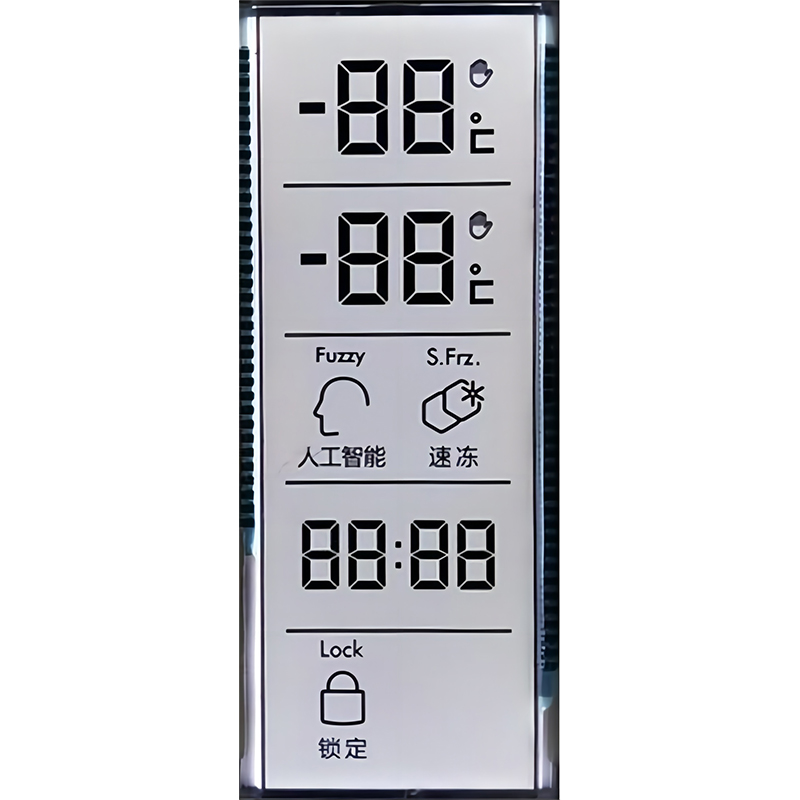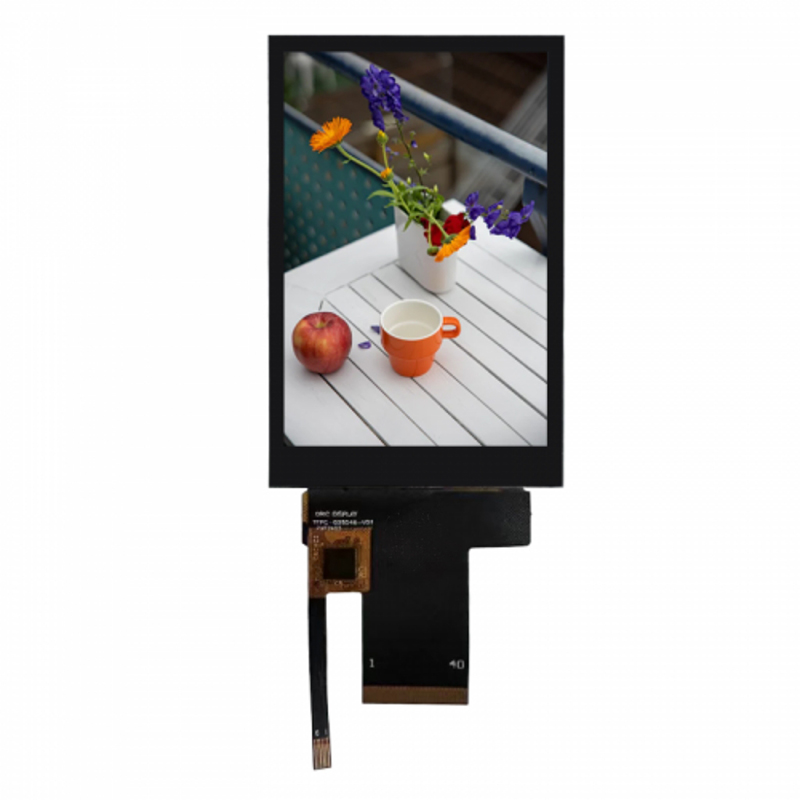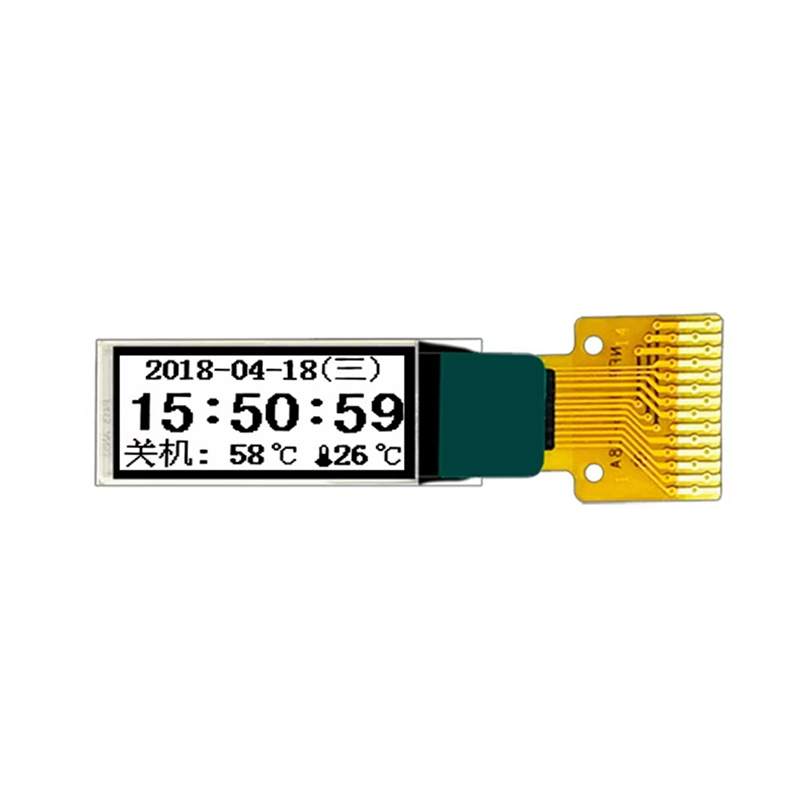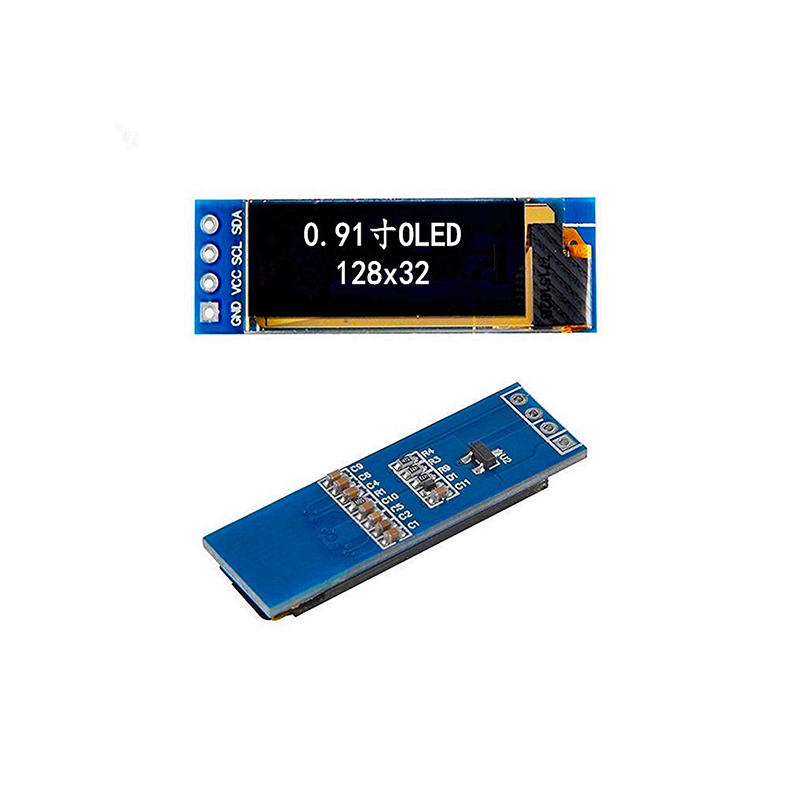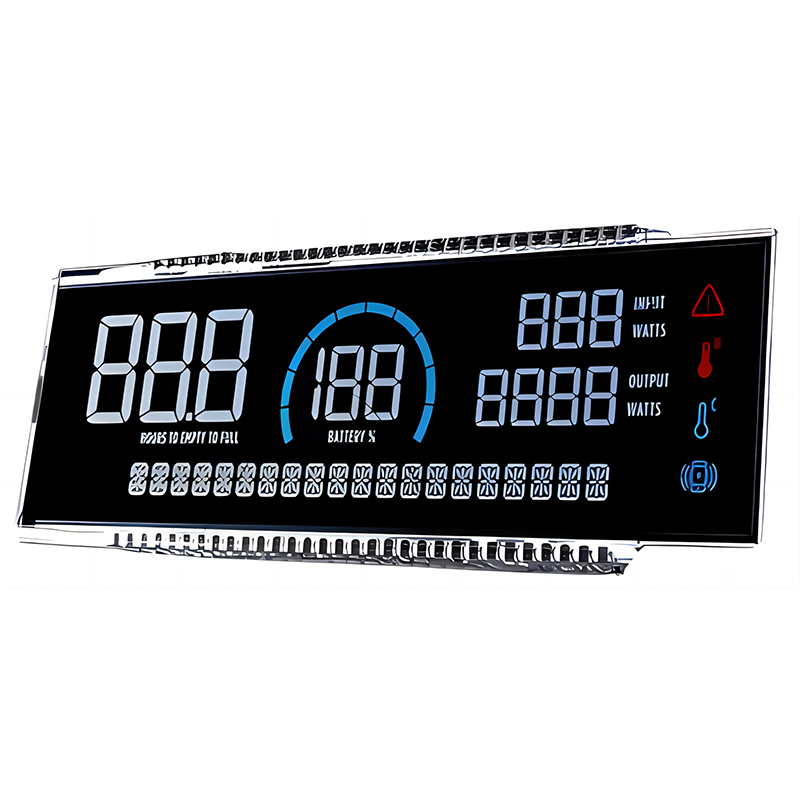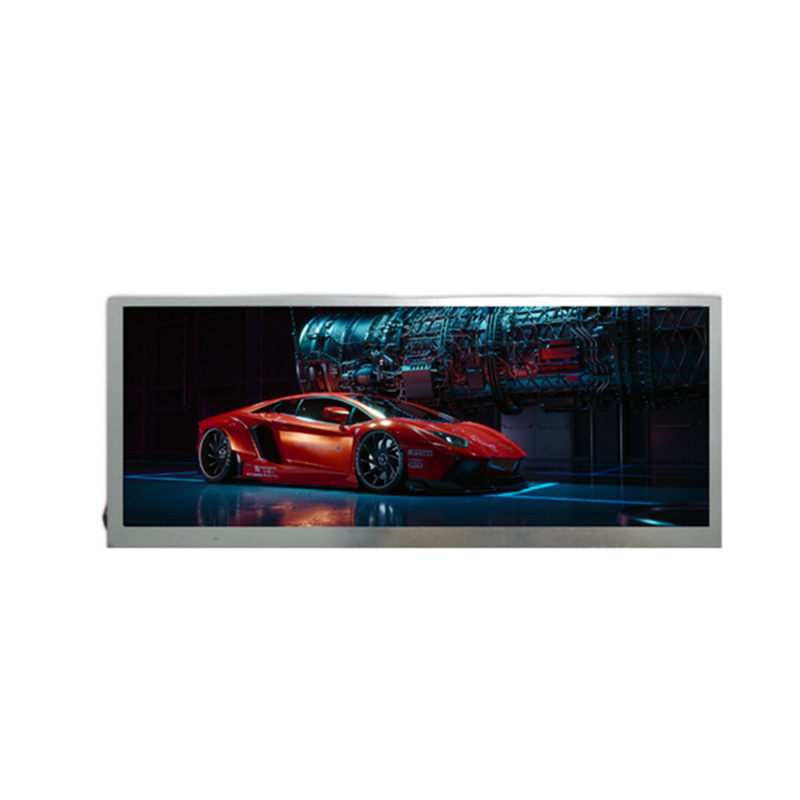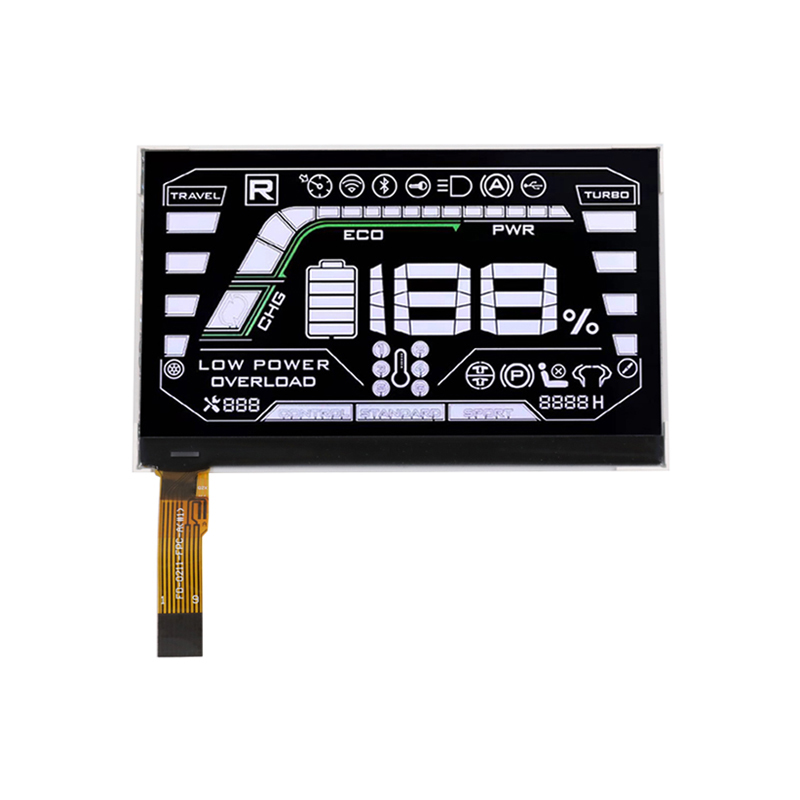
This guide provides a detailed overview of OLED display panels, covering their technology, advantages, disadvantages, applications, and future trends. We'll explore the differences between OLED and other display technologies, examine key specifications to consider when choosing an OLED display panel, and delve into real-world examples of their use. Learn how OLED display panels are transforming various industries and what the future holds for this exciting technology.
OLED (Organic Light-Emitting Diode) display panels are a type of flat-panel display that uses organic compounds to emit light when an electric current is applied. Unlike LCD displays, which require a backlight, each pixel in an OLED display panel is self-emitting, resulting in superior contrast ratios, deeper blacks, and wider viewing angles. This technology allows for thinner, lighter, and more energy-efficient displays.
OLED display panels boast exceptional image quality due to their self-emitting nature. They offer perfect blacks because pixels can be completely turned off, leading to incredibly high contrast ratios and vibrant colors. The viewing angles are also significantly wider than those of LCD displays.
The absence of a backlight allows for significantly thinner and lighter designs compared to LCD counterparts, making them ideal for portable devices like smartphones and laptops. This makes them more convenient to carry and use.
Because pixels only emit light when needed, OLED display panels generally consume less energy than LCDs, especially when displaying dark scenes. This contributes to longer battery life in portable devices.
OLED display panels typically exhibit faster response times than LCDs, resulting in smoother motion and reduced motion blur, making them perfect for gaming and other fast-paced applications.
While significantly improved in recent years, the potential for burn-in (permanent retention of static images) remains a concern. Manufacturers have implemented strategies to mitigate this issue, such as pixel shifting and algorithms that adjust brightness levels.
OLED display panels generally have a higher manufacturing cost compared to LCDs, resulting in a higher price for consumers.
The organic materials used in OLED display panels have a limited lifespan, though modern panels are designed for many years of use under normal conditions. However, their lifespan is shorter compared to LCD panels.
OLED display panels are widely used in various applications, including:
When selecting an OLED display panel, consider the following specifications:
| Specification | Description |
|---|---|
| Resolution | Higher resolution means sharper images. |
| Refresh Rate | Higher refresh rates result in smoother motion. |
| Response Time | Faster response times reduce motion blur. |
| Brightness | Higher brightness is beneficial in brightly lit environments. |
(Table data is generalized. Specific specifications vary depending on the manufacturer and model.)
The future of OLED display panels looks bright. Ongoing research and development are focused on improving efficiency, reducing costs, and extending lifespan. We can expect to see even more vibrant colors, higher resolutions, and faster refresh rates in the years to come. Furthermore, flexible and foldable OLED display panels are becoming increasingly prevalent, opening up new possibilities for innovative device designs.
For high-quality OLED display panels and LCD panels, consider exploring the offerings from Dalian Eastern Display Co., Ltd. They are a leading provider of advanced display solutions.
1 Data on specific OLED panel specifications can be found on the manufacturers' websites.

